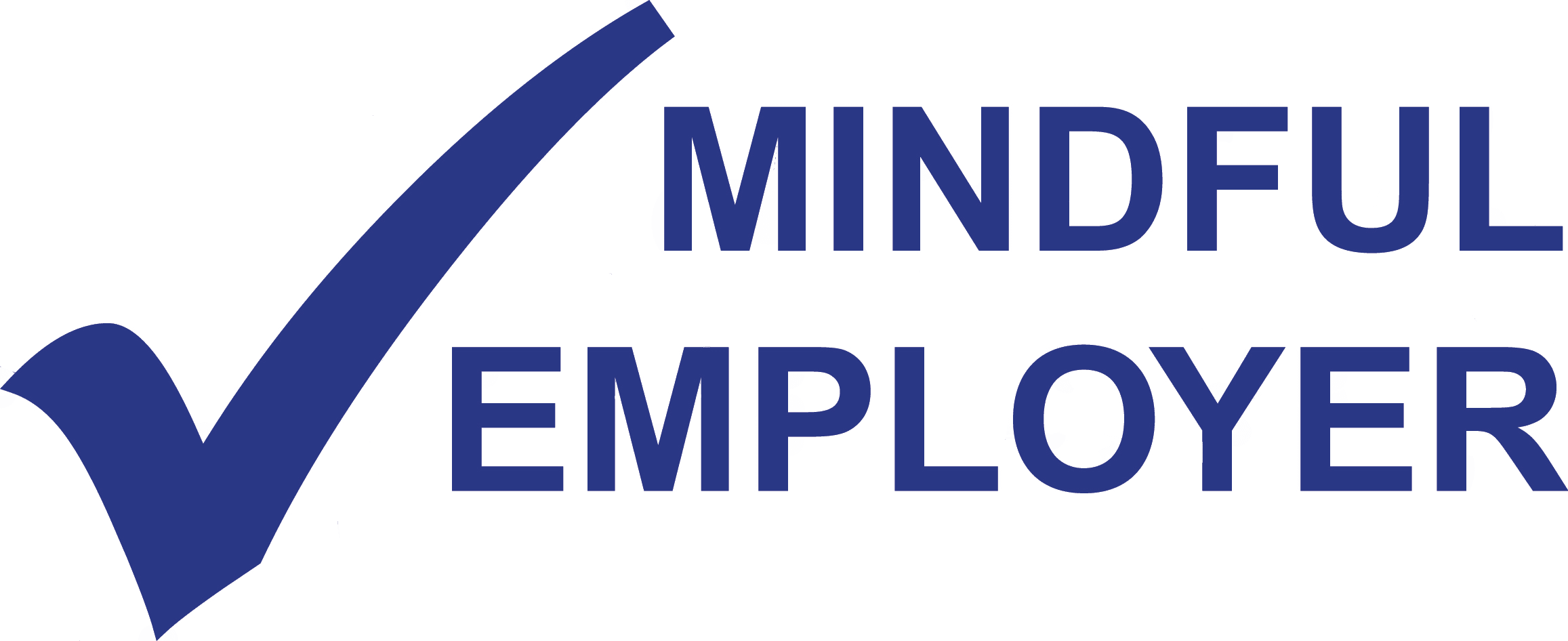When it comes to ensuring the well-being of employees and maintaining a safe work environment, implementing a health surveillance programme is crucial if there are hazards in your workplace that could be harmful to employees health. Health surveillance helps identifies where control measures may not be working, assess the health needs of employees, and ensure prompt action in case of any early signs of health concerns. In this blog post, we will walk you through six straightforward steps to successfully establish a health surveillance programme in your workplace.
Step 1: Identify workplace hazards
Before diving into health surveillance, you have to first identify potential workplace hazards that would require health surveillance. These can include exposure to harmful substances, noise, vibration etc. Thoroughly assess your workplace and work processes to pinpoint these hazards. By identifying the risks, you can accurately tailor the surveillance programme to address the specific hazards.
Step 2: Determine the need for Health Surveillance
Not every workplace requires the same level of health surveillance. Assess the nature of the hazards and the potential health effects they may have on employees. Consult with health and safety experts to determine the appropriate level of surveillance required. Keep in mind that some legal requirements might mandate specific surveillance measures for certain industries and hazards.
Step 3: Develop a Health Surveillance Plan
Once you have identified the hazards and assessed the need for surveillance, develop a comprehensive health surveillance plan. Ensure that your plan aligns with relevant regulatory requirements and the overall health and safety strategy of your organisation.
Step 4: Engage an Occupational Health Provider
Implementing health surveillance requires expertise. Engaging an Occupational Health (OH) provider can significantly ease the process and ensure that the programme is carried out properly and competently. OH professionals have the knowledge and experience to perform health assessments, analyse data, and provide valuable feedback.
Step 5: Conduct Health Surveillance
With a well-structured plan in place and a qualified provider on board, it’s time to put your health surveillance programme into action. Regularly conduct health assessments and screenings for employees exposed to workplace hazards.
Step 6: Review and evaluate
Like any successful initiative, continuous improvement is key. Regularly review and evaluate who should be seen in the health surveillance programme as this can change with new job roles, changes in processes and machinery. Assess whether the programme has identified any issues with your control measures and if any adjustments or monitoring of the environment are necessary.
Implementing a health surveillance programme is a fundamental step toward maintaining a safe and healthy workplace. By following these six straightforward steps, you can establish a robust programme that not only identifies workplace hazards but also ensures the well-being of your employees. Remember, a well-designed health surveillance programme not only protects your workforce but also contributes to increased productivity and a positive work environment.
For more information about health surveillance or getting started, get in touch today!
FAQ’s
Why is it necessary to identify workplace hazards before implementing a health surveillance programme?
Identifying workplace hazards is essential because it is how you identify what health surveillance is required. Understanding the specific risks and hazards present in your workplace allows you to carry out the correct surveillance.
How do I determine if my workplace needs a health surveillance programme?
You need to complete risk assessments to identify the need for health surveillance. If you don’t have someone competent to complete this within your workplace, then get a health and safety expert to do this for you. Additionally, legal regulations or industry-specific requirements may mandate certain surveillance measures.
Can a health surveillance plan be a one-size-fits-all solution for different workplaces?
No, a health surveillance plan should not be a one-size-fits-all solution. Every workplace has its own set of hazards and employee health needs. A successful health surveillance plan should be tailored to the specific risks of your workplace. It should consider the types of exposures employees face, the potential health effects, and the legal requirements applicable to your industry.
How can engaging an Occupational Health provider benefit my health surveillance programme?
Engaging an Occupational Health provider brings specialist knowledge and expertise to your health surveillance programme. OH professionals are experts in conducting health assessments, interpreting results, and recommending appropriate actions based on the findings. With their guidance, you can ensure that your programme meets legal requirements and best practices in occupational health.
How often should health surveillance assessments be conducted for employees?
The frequency of health surveillance assessments depends on workplace hazards, the level of risk, and any regulatory requirements. The Occupational Health provider will advise the appropriate frequency for assessments based on the type of surveillance and clinical need of each employee.




